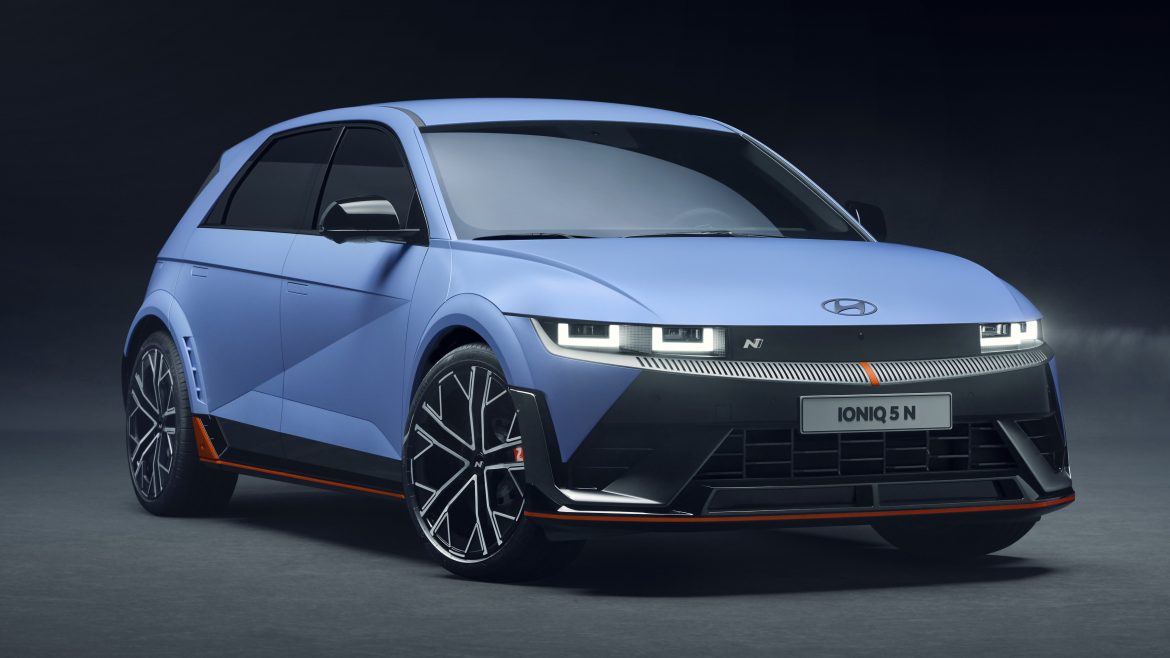In the bustling heart of a city, an electric vehicle silently glides through traffic, its motor humming gently. This scene symbolises the quiet revolution taking place on our roads. The revolution isn’t just about the shift from petrol to electricity, but about the intelligence driving this change—the battery. As the world move towards renewable energy and electrification, it’s essential to understand the pivotal role batteries play in the future of mobility and the types of electric vehicles (EVs) that rely on these powerhouses.
Batteries are the lifeblood of electric vehicles, powering the motors that drive them. As the world seeks sustainable alternatives to fossil fuels, advancements in battery technology are crucial. They not only determine the range and performance of EVs but also impact their affordability and environmental footprint. The progress in battery technology is enabling a variety of electric vehicles, each suited to different needs and driving conditions. Let’s explore the four main types of EVs and understand how they work.
Battery electric vehicles (BEVs)
Battery Electric Vehicles, or BEVs, operate solely on electricity stored in their batteries. These vehicles do not have internal combustion engines and rely entirely on electric drivetrains for propulsion. BEVs are charged by connecting them to the electric grid, and the stored electricity powers one or more electric motors.
Main components: Electric motor, inverter, battery, control module, drivetrain.
Operation: BEVs convert DC battery power into AC power for the electric motor. The controller adjusts the vehicle speed by altering the frequency of the AC power. During deceleration or braking, the motor acts as a generator, sending power back to the battery.
Examples of BEVs: MG ZS EV, Tata Nexon EV, Tata Tigor EV.
Hybrid electric vehicles (HEVs)
Hybrid Electric Vehicles combine an internal combustion engine with a battery-powered electric motor. The internal combustion engine not only propels the vehicle but also charges the battery. HEVs are less efficient than fully electric vehicles but offer a transition from traditional fuel-powered vehicles to electric propulsion.
Main components: Engine, electric motor, battery pack with controller and inverter, fuel tank, control module.
Operation: HEVs use both fuel and electricity to drive the motor, which simultaneously rotates the transmission to propel the vehicle.
Examples of HEVs: Toyota Prius, Hyundai Ioniq Hybrid.
Plug-in hybrid electric vehicles (PHEVs)
Plug-in Hybrid Electric Vehicles blend features of HEVs and pure electric vehicles. They have an internal combustion engine and a battery that can be charged via an external electric source. This allows PHEVs to operate in all-electric mode until the battery is depleted, after which the internal combustion engine takes over.
Main components: Electric motor, engine, inverter, battery, fuel tank, control module, battery charger (if onboard).
Operation: PHEVs start in all-electric mode and switch to hybrid mode once the battery is low. They can recharge their battery externally or through regenerative braking.
Examples of PHEVs: Toyota Prius Prime, Chevrolet Volt, Ford Escape PHEV, BMW 330e, Mitsubishi Outlander PHEV.
Fuel cell electric vehicles (FCEVs)
Fuel Cell Electric Vehicles use hydrogen fuel cells to generate electricity. These vehicles convert hydrogen’s chemical energy directly into electrical energy, which powers the electric motor. FCEVs are known for their zero-emission capabilities, as they only emit water vapour.
Main components: Electric motor, fuel-cell stack, hydrogen storage tank, battery with converter and controller.
Operation: FCEVs produce electricity from the chemical reaction between hydrogen and oxygen in the fuel cell, powering the vehicle.
Examples of FCEVs: Toyota Mirai, Hyundai Nexo, Honda Clarity Fuel Cell, Mercedes-Benz GLC F-CELL.
The importance of batteries in the future of mobility
The significance of batteries in the future of mobility cannot be overstated. They are the key to unlocking a sustainable transportation future. Advances in battery technology are making EVs more efficient, affordable, and environmentally friendly. Here’s why batteries are so crucial:
Range and Performance: Modern batteries are improving the range of EVs, making them viable for long-distance travel. Enhanced performance metrics make EVs competitive with traditional vehicles.
Environmental Impact: Batteries reduce dependence on fossil fuels and cut greenhouse gas emissions. However, the production and disposal of batteries present environmental challenges that need addressing.
Cost: Battery costs have been a major barrier to the widespread adoption of EVs. Ongoing research and development are driving down these costs, making EVs more accessible.
Energy Storage: Batteries play a crucial role in energy storage, balancing supply and demand in the grid, especially with the rise of renewable energy sources.
The road ahead
As we look to the future, the role of batteries in the automotive industry will only grow. Innovations in battery technology, such as solid-state batteries and improved recycling methods, promise to enhance the sustainability and efficiency of EVs. Governments and industries are investing heavily in this area, recognising its potential to transform transportation.
Electric vehicles, powered by advanced batteries, are set to become a mainstay on our roads. The progress in battery technology will determine how quickly we can transition to a cleaner, more sustainable mode of transportation. On this World EV Day, it’s clear that the future of mobility lies in the intelligence and innovation behind battery technology.
Batteries are more than just power sources for electric vehicles. They are the driving force behind the sustainable transportation revolution. Understanding the different types of EVs and the pivotal role batteries play helps us appreciate the advancements in this field and the exciting future that lies ahead.



